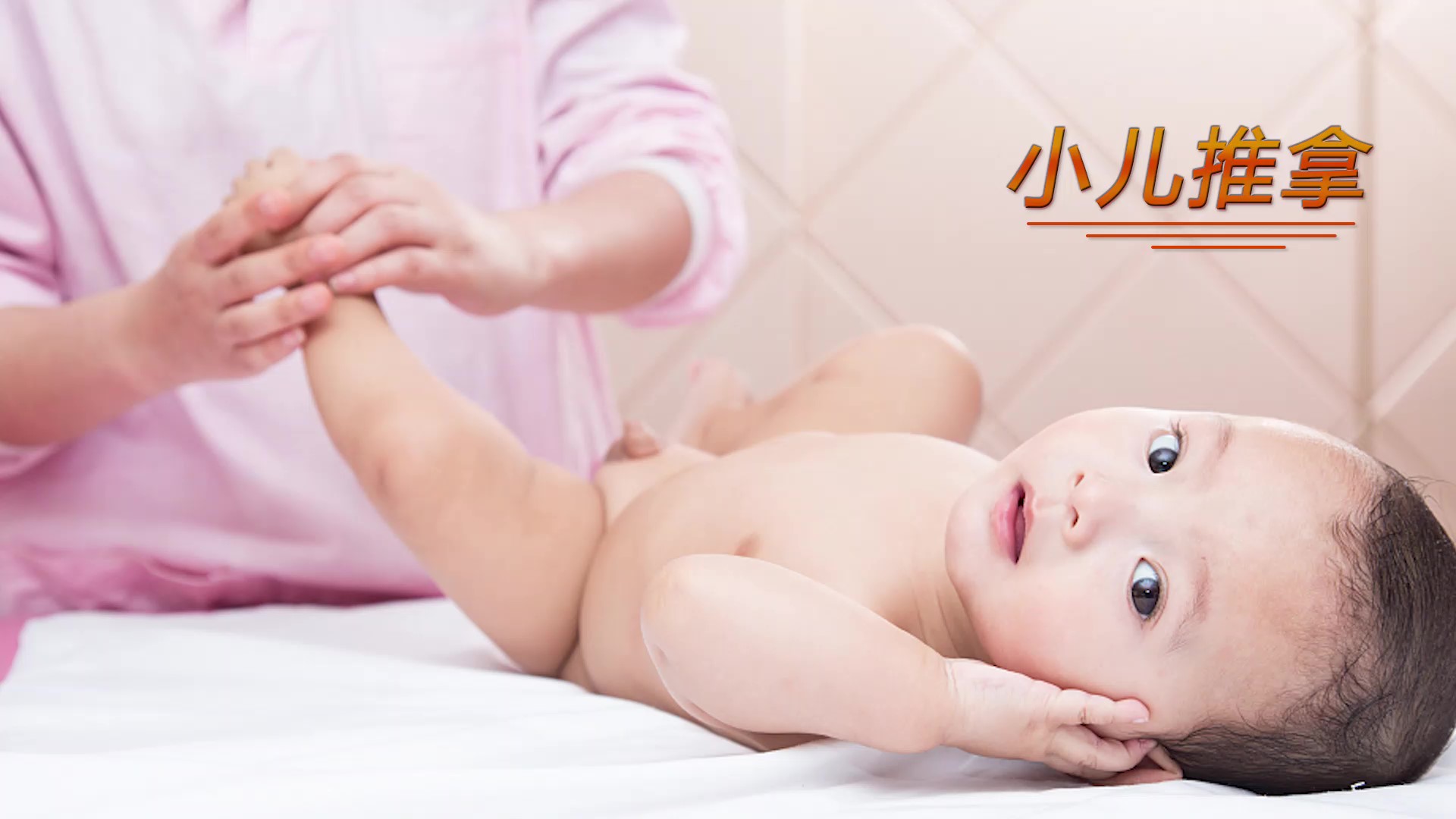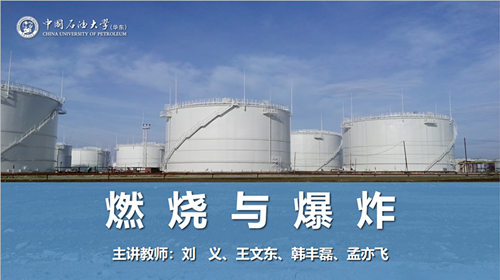
当前课程知识点:Chinese Ceramics > Unit 6 Millennia Celadon Porcelain > 6.1 Dragon kiln and Celadon > Dragon kiln and Celadon
返回《Chinese Ceramics》慕课在线视频课程列表
嗨 大家好 欢迎来到中国陶瓷的课堂
今天我们要讲的是龙窑和青瓷
世界上几乎所有民族都有制造陶器的历史
但瓷器的创作并非易事
首先
瓷器制造需要相对较高的烧制温度
这就要求窑炉具有复杂的设计
和优良的保温能力
以及合适的燃料以产生足够的热量
其次
需要掌握瓷质粘土的选择
和高温釉料的生产与应用
理论上看起来容易的事情 实际上很难实现
中国人首先发现并掌握了这些技术
在这里 我们不能不提一种特殊的窑 龙窑
根据考古发现
这种窑首次出现在战国时期(公元前475-221年)
还有位于浙江商路地区的
东汉龙窑
现在更为人所知
这种窑炉可能是由与窑室相连的
火室组成的升温窑炉的演变
龙窑顶部被封 窑体倾斜
下端是火室
上部为排烟口
窑炉是靠山坡建造的
它的形状暗示了神秘的动物龙
因此得名
龙窑的优点
是具有快速升温和降温的能力
能够快速达到和维持还原气氛
东汉龙窑已经可以达到
1200多摄氏度 所生产的瓷器上釉均匀
无裂纹 釉面呈浅绿色
器物胎体多为白色且非常精致
瓷体的较薄部分是半透明的
釉与瓷体紧密结合
这种瓷的吸水性在0.5 ~ 0.16%之间
在一些废弃的窑址上
发现了精美的青瓷
瓷器在中国乃至世界的历史
都开始了崭新的篇章
新兴的瓷器行业发展迅速
随着3至6世纪青瓷的制作
成为中国发展最快的手工艺品行业
它很快就成为了一种新的艺术流派
遍及全中国
南方青瓷主要产于浙江
江苏 江西 湖南 安徽 四川
湖北等南方省份
北方的青瓷生产主要集中在
山西 河北 河南和山东等省
长期以来
青瓷一直是中国瓷器行业的主要产品
为什么青瓷如此受到中国人的青睐
甚至一度影响到了朝鲜半岛 日本
以及东南亚等地对青瓷的推崇
这似乎应当从精神层面找一找答案
青瓷那碧玉般的色泽
和质地更符合中国人的 崇玉 心理
玉 在中国人的眼里
是天地日月之精华
可通神灵
在远古时期
玉曾经是重要的礼器
在金文中
礼 字的结构
是在一个器皿中
盛两串玉具以奉事于神
也就是说
远古时祭祀用的器具大都是玉器
不仅如此
玉还是帝王及有身份的人佩戴的吉祥物
对于普通人来说.
玉更是难得之物
因此
有着玉一般色泽和质感的青瓷
就成了人们追捧的对象
浙江省青瓷产量大
被认为是这种瓷器的发源地
回顾青瓷历史
唐代著名的青瓷窑有越窑 梧州
瓯 德清等
到了宋代
青瓷有了新的发展
龙泉窑
耀州窑 景德镇等都是特色窑
今天的课就到这里 谢谢大家 下节课再见
-1.1 Introduction
-1.2 Ceramics in Neolithic, East Han and Wei-Jin Dynasties
--Ceramics in Neolithic, East Han and Wei-Jin Dynasties
-1.3 Sui and Tang dynasties and Song Dynasty ceramics
--Sui and Tang dynasties and Song Dynasty ceramics
-1.4 Ming and Qing Dynasties
-Unit 1 test
--Unit 1 test
-Discussion questions
-2.1 The Unique Chinese Ceramic Culture
--The Unique Chinese Ceramic Culture
-2.2 The Historical Development of Chinese Ceramic Making
--The Historical Development of Chinese Ceramic Making
-2.3 Chinese Ceramic Shape Art
-2.4 Chinese Ceramic Painting Art
--Chinese Ceramic Painting Art
-2.5 Chinese Ceramic Folk Stories
--Chinese Ceramic Folk Stories
-Unit 2 test
--Unit 2 test
-Discussion questions
-3.1 CeramicCulture and the Zodiac
--CeramicCulture and the Zodiac
-3.2 The heritage of traditional ceramic culture
--The heritage of traditional ceramic culture
-3.3 The development and innovation of ceramic art
--The development and innovation of ceramic art
-Unit 3 test
--Unit 3 test
-Discussion questions
-4.1 Gorgeous Colored Pottery
-4.2 The Method of Making Colored Pottery
--The Method of Making Colored Pottery
-4.3 Primitive Colored Pottery Ⅰ
-4.3 Primitive Colored Pottery Ⅱ
-4.3 Primitive Colored Pottery Ⅲ
-4.4 Black Earthenware
-4.5 White Pottery and Primitive Porcelain
--White Pottery and Primitive Porcelain
-Unit 4 test
--Unit 4 test
-Discussion questions
-5.1 Terracotta Warriors in Qin Dynasty
--Terracotta Warriors in Qin Dynasty
-5.2 Potteries in Han Dynasty
-Unit 5 test
--Unit 5 test
-Discussion questions
-6.1 Dragon kiln and Celadon
-6.2 Yue Kiln and Wuzhou kiln
-6.3 Deqing Kiln and Ou kiln
-6.4 Longquan Wares
-6.5 Yaozhou Wares
-Unit 6 test
--Unit 6 test
-Discussion questions
-7.1 Tang Tri-Colored Pottery
--7.1 Tang Tri-Colored Pottery
--7.1 Tang Tri-Colored Pottery
-7.1Tang Tri-Colored Pottery
--7.1 Tang Tri-Colored Pottery
--7.1 Tang Tri-Colored Pottery
-Discussion questions
-Unit 7 test
--Unit 7 test
-8.1 The flourishing age of the Song Dynasty
--8.1 The flourishing age of the Song Dynasty
-8.2 The flourishing age of the Song Dynasty
--8.2 The flourishing age of the Song Dynasty
-8.3 Ding Wares
-8.4 Ru Wares
-8.5 Guan Wares
-8.6 Ge Wares
-8.7 Jun Wares
-Discussion questions
-Unit 8 test
--Unit 8 test
-9.1 Reasons for the maturity of Qinghua porcelain in Yuan Dynasty
--9.1 Reasons for the maturity of Qinghua porcelain in Yuan Dynasty
-9.2 The Invention of Blue-and-white Porcelain in the Tang Dynasty
--9.2 The Invention of Blue-and-white Porcelain in the Tang Dynasty
-9.3 Fine China Ware became the Symbol of ChinaⅠ
--9.3 Fine China Ware became the Symbol of ChinaⅠ
-9.3 Fine China Ware became the Symbol of ChinaⅡ
--9.3 Fine China Ware became the Symbol of ChinaⅡ
-9.3 Fine China Ware became the Symbol of ChinaⅢ
--9.3 Fine China Ware became the Symbol of ChinaⅢ
-9.4 The charm of QinghuaⅠ
-9.4 The charm of QinghuaⅡ
-9.4 The charm of QinghuaⅢ
-Discussion questions
-10.1 Da Ming Wucai
-10.2 Wooden engravings influence on Wucai porcelain
--10.2 Wooden engravings influence on Wucai porcelain
-10.3 Kangxi Wucai
-10.4 Liling Under-glaze multicolored porcelainⅠ
--10.4 Liling Under-glaze multicolored porcelainⅠ
-10.4 Liling Under-glaze multicolored porcelainⅡ
--10.4 Liling Under-glaze multicolored porcelainⅡ
-Discussion questions
-11.1 The advent of Fencai
-11.2 Fencai Porcelain in the Yong zheng period
--Fencai Porcelain in the Yong zheng period
-11.3 Fencai Porcelain in the Qianlong Period
--Fencai Porcelain in the Qianlong Period
-Discussion questions
-13.1 Zisha-pottery
-13.2 The Zisha Teapot
-13.3 The Zisha tea set in the Ming Dynasty
-Discussion questions
-14.1 Development of Contemporary Chinese ceramic art
--14.1 Development of Contemporary Chinese ceramic art
-14.2 The internationalization trend of Chinese modern ceramics
--14.2 The internationalization trend of Chinese modern ceramics
-14.3 A new style of contemporary ceramic art Ⅰ
--14.3 A new style of contemporary ceramic artⅠ
-14.3 A new style of contemporary ceramic art Ⅱ
--14.3 A new style of contemporary ceramic art Ⅱ
-14.4 The Trade of the Artisans Ⅰ
--14.4 The Trade of the Artisans Ⅰ
-14.4 The Trade of the Artisans Ⅱ
--14.4 The Trade of the ArtisansⅡ
-Discussion questions
-15.1 Unique Cloisonné technique
--15.1 Unique Cloisonné technique
-15.2 The Craftsmanship and Development of Cloisonné
--15.2 The Craftsmanship and Development of Cloisonné
-15.3 The Problems Facing the Inheritance of Cloisonné
--15.3 The Problems Facing the Inheritance of Cloisonné
-15.4 The inheritance and development of Cloisonné
--15.4 The inheritance and development of Cloisonné
-Unit 15 Test
--Unit 15 Test
-Discussion questions
-16.1 Appreciation of Chinese ceramics
--16.1 Appreciation of Chinese ceramics
-16.2 Explore the origins of ancient ceramics Ⅰ
--16.2 Explore the origins of ancient ceramics Ⅰ
-16.2 Explore the origins of ancient ceramics Ⅱ
--16.2 Explore the origins of ancient ceramics Ⅱ
-Unit 16 Test
--Unit 16 Test
-17.1 Traditional Chinese Decorative Patterns
--17.1 Traditional Chinese Decorative Patterns
-17.2 Application of Traditional Chinese decorative patterns in ceramics
--17.2 Application of Traditional Chinese decorative patterns in ceramics
-Unit 17 Test
--Unit 17 Test
-Discussion questions


